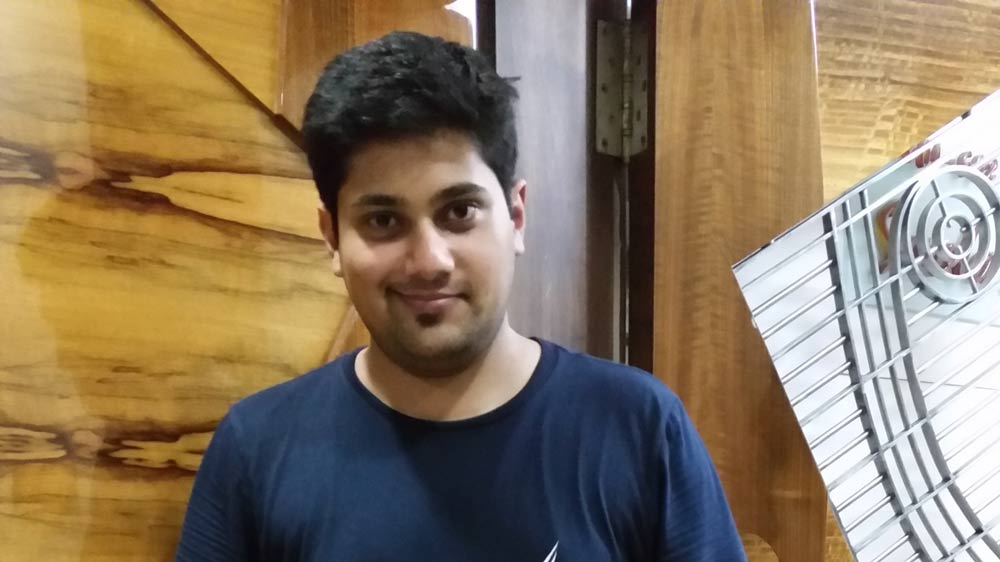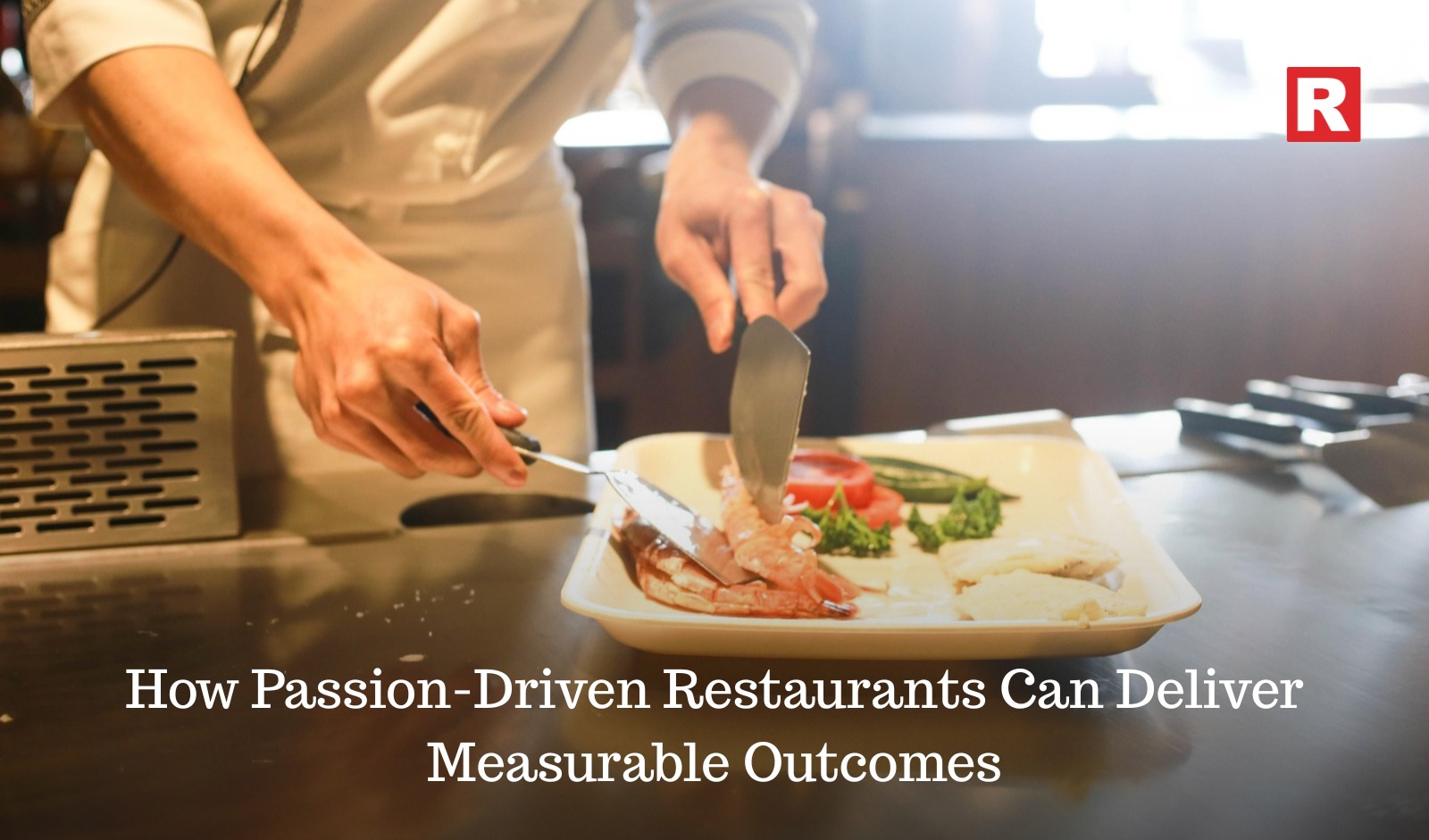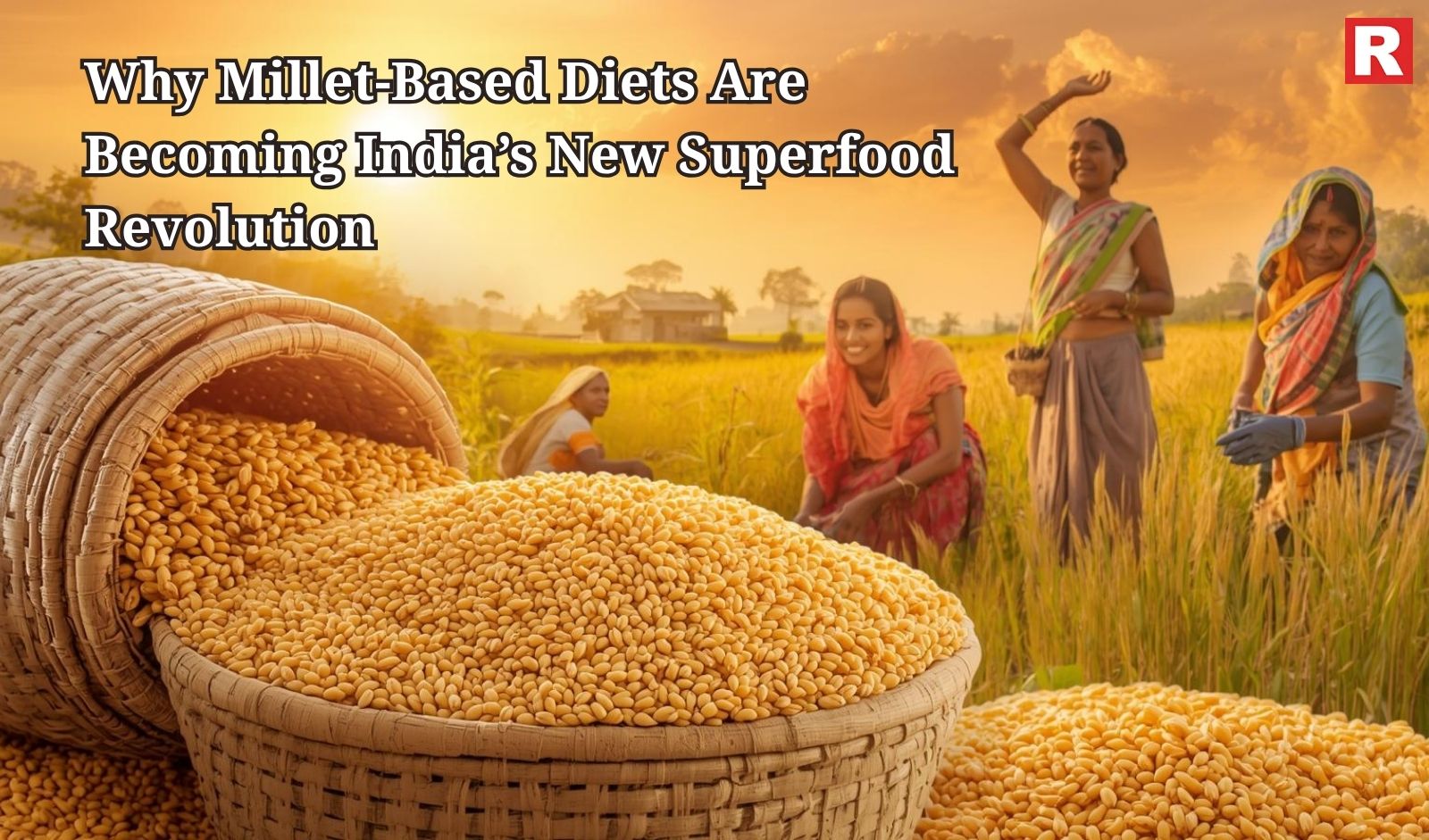
It was no shock when Nestle announced its new Endeavour of making chocolates with no added sugar. With people getting conscious of their health more than ever, it seems the trend of “healthy eating” is only going to be forward. As the festive season is around the corner and people are prepping to welcome Ganesh on Ganesh chaturthi, the one thing that completes the celebration is sweets. Chefs across the country are curating healthy festive sweet recipes to let you enjoy the most of the festivals without keeping in mind the calories you are taking.
Celebrity Chef Manish Mehrotra has a range of sumptuous and delicious sweet dishes which involves ingredients like fox nuts, almonds, ghee, freshly grated coconut, jaggery, apple and banana to name a few. The recipes will surely make you ditch your regular sweet dishes as it is tasty and healthy at the same time.

One of the sumptuous festive dishes that Chef Manish Mehrotra unveiled is his Almond and Makhana kheer, which is a tad different from our regular one as there is makhana added to the milk to thicken the kheer. Other exclusive sweet dishes by him are Almond Coconut Barfi, Almond and Custard Apple Rabri, Almond and Sesame Pinni, and Spiced Almond Banana Jaggery Cake.

Meanwhile Chef Ranveer Brar has also disclosed some of his healthy festive special recipes. It includes Chocolate Peda and Rawa Coconut Barfi. “These recipes are quick and easy to make. Another interesting point is that once you know the base recipe for pedas and barfi, there is no end to customization. So, you can prepare several variations and flavours as well,” Chef Ranveer said.

“These sweets have a longer shelf life; you can prepare and refrigerate them for use when guests visit you during Ganeshotsav. So, you will always have something ready to serve. Desserts made with milk and milk products are any day a festival favourite and especially a favourite for Lord Ganesha,” he added.

Working towards a healthier lifestyle, but cravings keep coming your way? Don’t worry. This happens to the best of us. When you start any diet or exercise, then it might be that sometimes crave something sweet or junk food. The desire to eat something sweet, salty, or even a fulfilling meal can hinder your diet, and sometimes it also leads to overeating that might just ruin your plans. In such a case, progressing towards weight management or completing fitness goals becomes an impossible dream. But what if we tell you that there is a way to control your cravings without compromising on flavor or eating less? There have always been certain food items that can help you conquer your cravings.
The secret to this lies in high-protein, but low-calorie food items that can help to put a stop to cravings without compromising on taste. Protein, which is a macronutrient, is known for its ability to promote fullness, which helps you to feel full much longer. And if you also eat low-calorie food items, then this becomes the ultimate weapon for you to manage hunger and live a healthier life. In this article, we will be talking about 10 food items that are not only low in calories, but also with protein, that can help you to put a stop to your cravings.
What are cravings?
Cravings, as opposed to general hunger, are strong, targeted desires for a certain food. The reward system in the brain is primarily responsible for them.
The brain releases the "feel-good" chemical dopamine when we eat highly appetizing foods that are heavy in fat, sugar, or salt. Our brains are conditioned to seek out those meals again as a result of the strong reward signal this produces. Emotional states, hormone changes, or even environmental signals like a certain fragrance or image might cause this reaction.
Read more: Top 8 Must-Try Sandwiches from Around the World
Why Protein is Your Secret Weapon Against Cravings
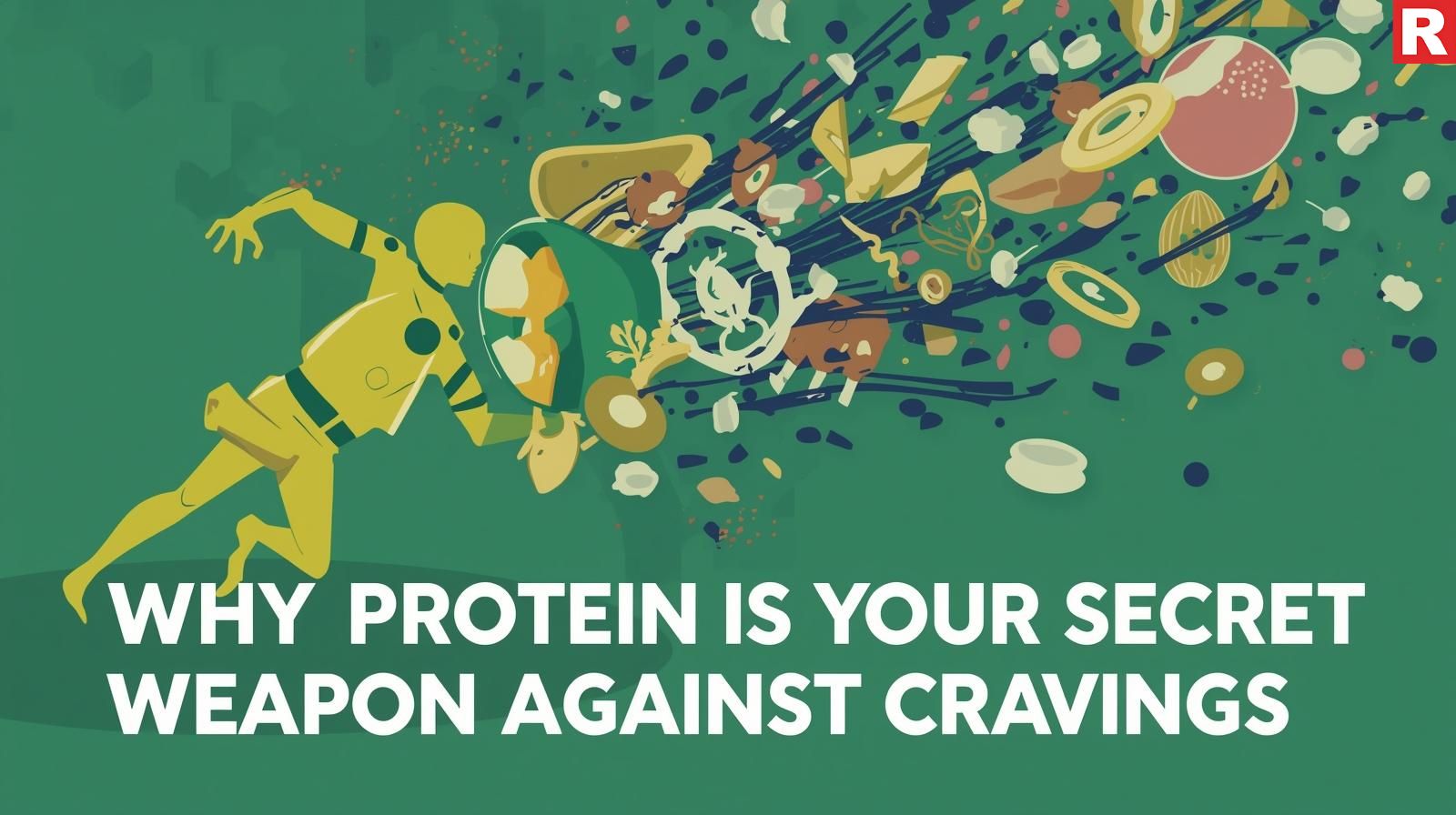
Before we look at the food items, let’s get to know the reason why protein is so good at managing cravings:
- Satiety: Protein is the macronutrient that satisfies hunger the most. It causes the release of hormones that tell your brain that you're full, which lowers your appetite in general.
- Thermic Effect: Compared to fats and carbs, protein has a larger thermic effect of food (TEF). This implies that digesting and metabolizing protein requires more energy (calories), which gradually increases your metabolism.
- Muscle Preservation: Eating enough protein with a lack of calories aids in the preservation of lean muscle mass, which is essential for a healthy metabolism.
- Blood Sugar Stability: Protein reduces the rate at which sweets are absorbed into the blood, avoiding sharp spikes and falls that frequently result in reactivated cravings.
Let's now examine the foods that will enable you to manage your appetite.
The Top 10 High-Protein, Low-Calorie Foods to Conquer Cravings
1. Greek Yogurt (Plain, Non-Fat)
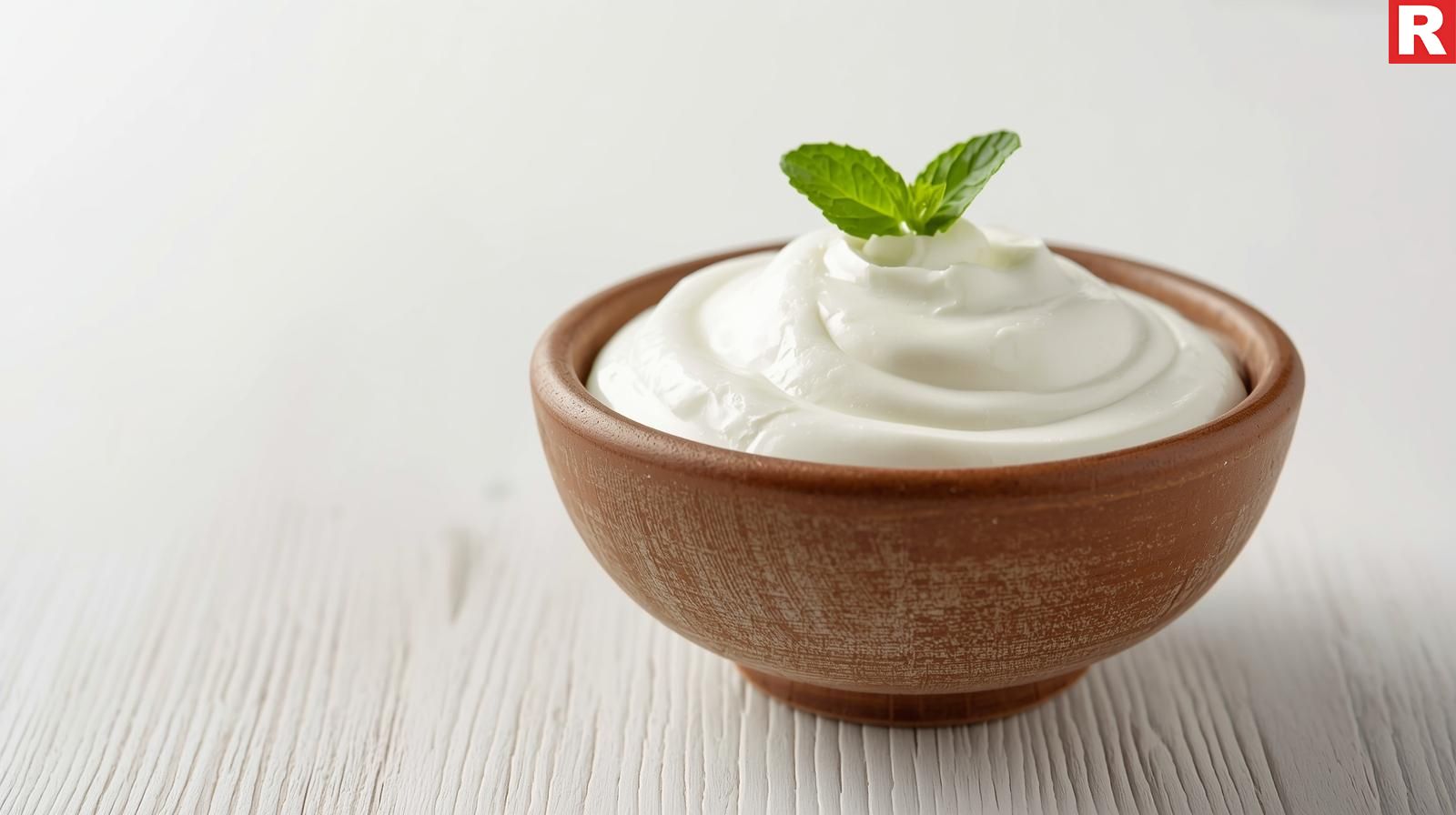
For anyone trying to boost their protein intake without consuming too many calories, Greek yogurt is a true superfood. It has a thicker, creamier texture and a significantly higher protein content than ordinary yogurt since the majority of the whey is strained off.
- Protein Power: Approximately 17-20 grams per 6-ounce serving.
- Calorie Count: Roughly 100-120 calories per 6-ounce serving.
- Bonus: Also rich in probiotics for gut health and calcium for strong bones.
Reducing Cravings: It is very fulfilling due to its high protein content and rich, creamy texture. When topped with fruit or honey, it can quell sweet cravings, and when used as a base for dips, it can satisfy savory cravings.
How to Enjoy: Eat it in a fruit and nut breakfast parfait, as a foundation for dips like tzatziki, as a savory snack when combined with herbs and spices, or as an alternative to sour cream.
Know more: Top Drinks You Should Consume to Get a Festive Glow
2. Chicken Breast (Skinless, Boneless)
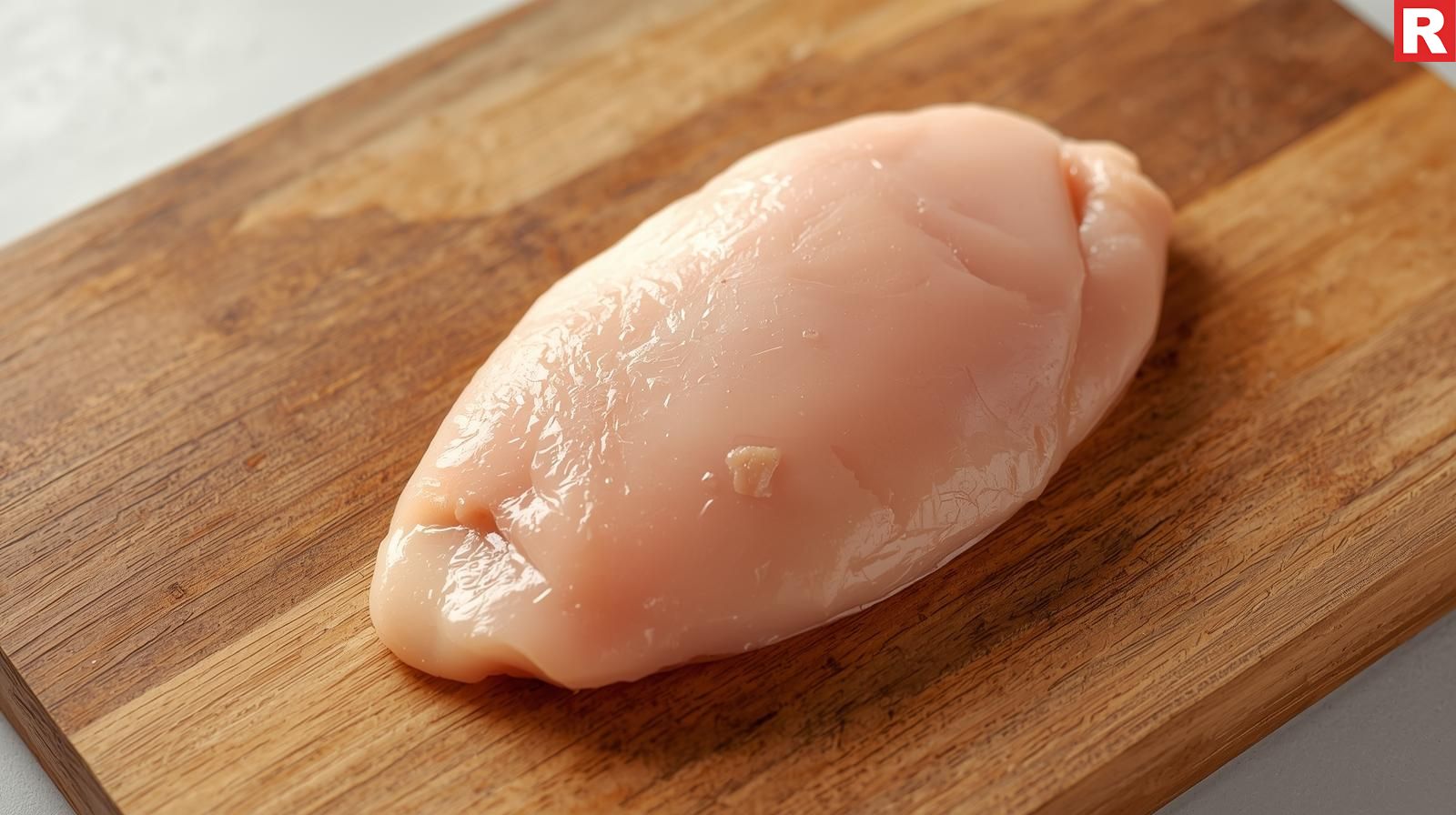
Chicken breast is a classic for a reason: it's thin, versatile, and full of high-quality protein. It is the foundation of many nutritious diets.
- Protein Power: Around 25-30 grams per 3.5-ounce (100g) cooked serving.
- Calorie Count: Approximately 165 calories per 3.5-ounce serving.
- Bonus: Excellent source of B vitamins and essential minerals like phosphorus and selenium.
Reducing Cravings: It is a great option for sating hunger during mealtimes and avoiding post-meal snacking because of its meaty composition and high lean protein level.
How to Enjoy: Enjoy it grilled, baked, stir-fried, shredded in salads or sandwiches, or in a lean curry.
3. Eggs (Whole)
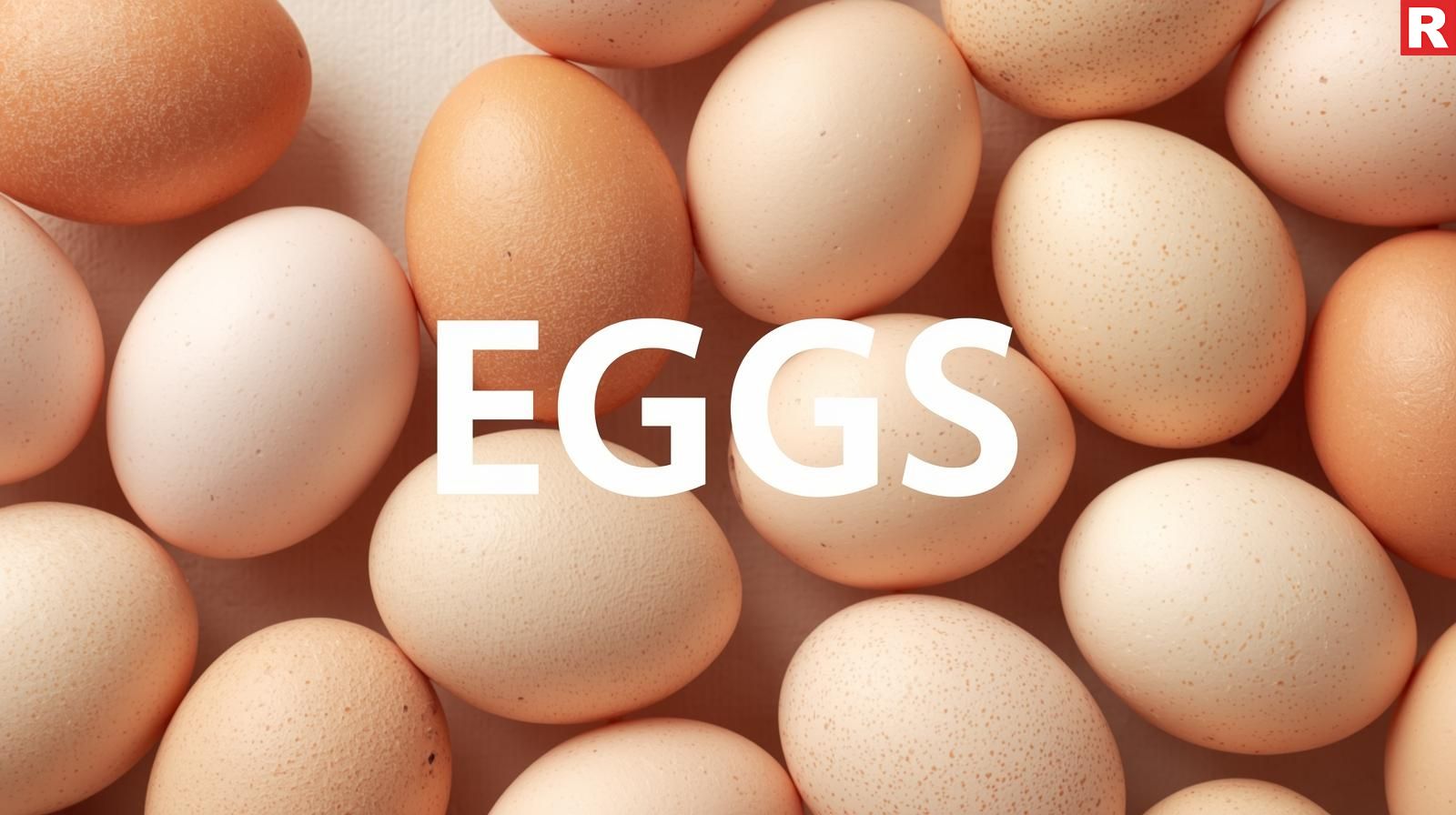
Frequently referred to as "nature's multi-vitamin," eggs are among the most comprehensive and readily absorbed protein sources. The current study supports its consumption in a healthy diet, despite previous concerns regarding cholesterol.
- Protein Power: 6 grams per large egg.
- Calorie Count: Around 70-80 calories per large egg.
- Bonus: High in vitamin D, choline for brain function, and potent antioxidants, including zeaxanthin and lutein, for eye health.
Reducing Cravings: Eggs are a great breakfast choice to avoid mid-morning snack assaults since their protein and healthy fats provide you with long-lasting energy and a feeling of fullness that lasts for hours.
How to Enjoy: Added to salads, omelets, frittatas, poached, scrambled, or boiled.
What's new: 10 Popular Energy Drinks and Their Benefits
4. Cottage Cheese (Low-Fat or Non-Fat)
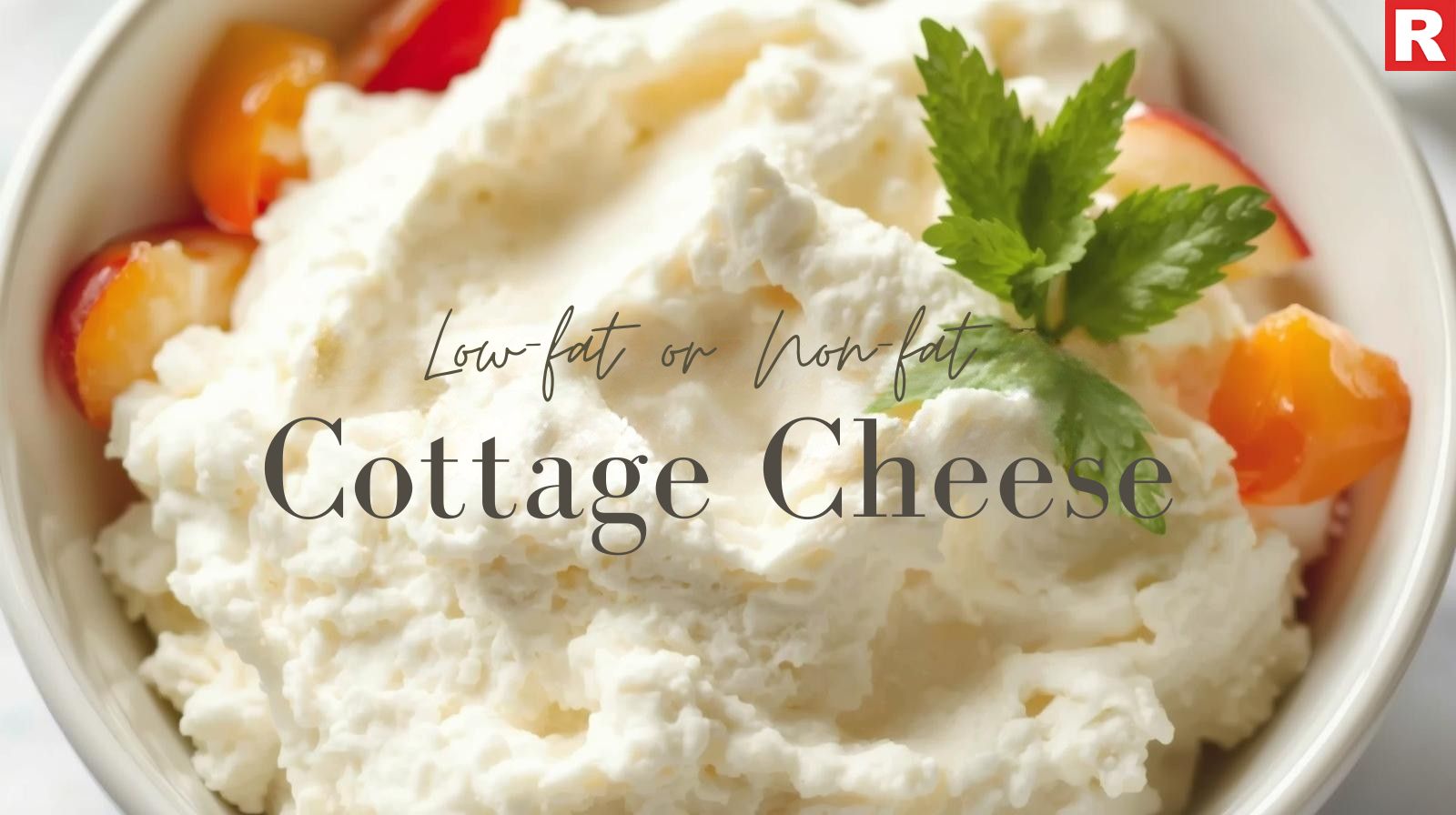
Despite being an outsider, cottage cheese is an excellent and reasonably priced source of protein, especially casein protein, which releases amino acids slowly and sustainably.
- Protein Power: Around 11-14 grams per 1/2 cup serving.
- Calorie Count: Approximately 80-100 calories per 1/2 cup serving.
- Bonus: Contains healthy probiotics and is high in calcium and phosphorus.
Reducing Cravings: It's slow-digesting casein protein that satisfies your hunger and is ideal as a pre-bedtime or mid-meal snack. Cravings for richness might also be satiated by the creamy texture.
How to Enjoy: Enjoy it as a high-protein spread on whole-grain bread, with fruit, and sprinkled with chives and black pepper. It can also be added to savory dips.
5. Skimmed Milk
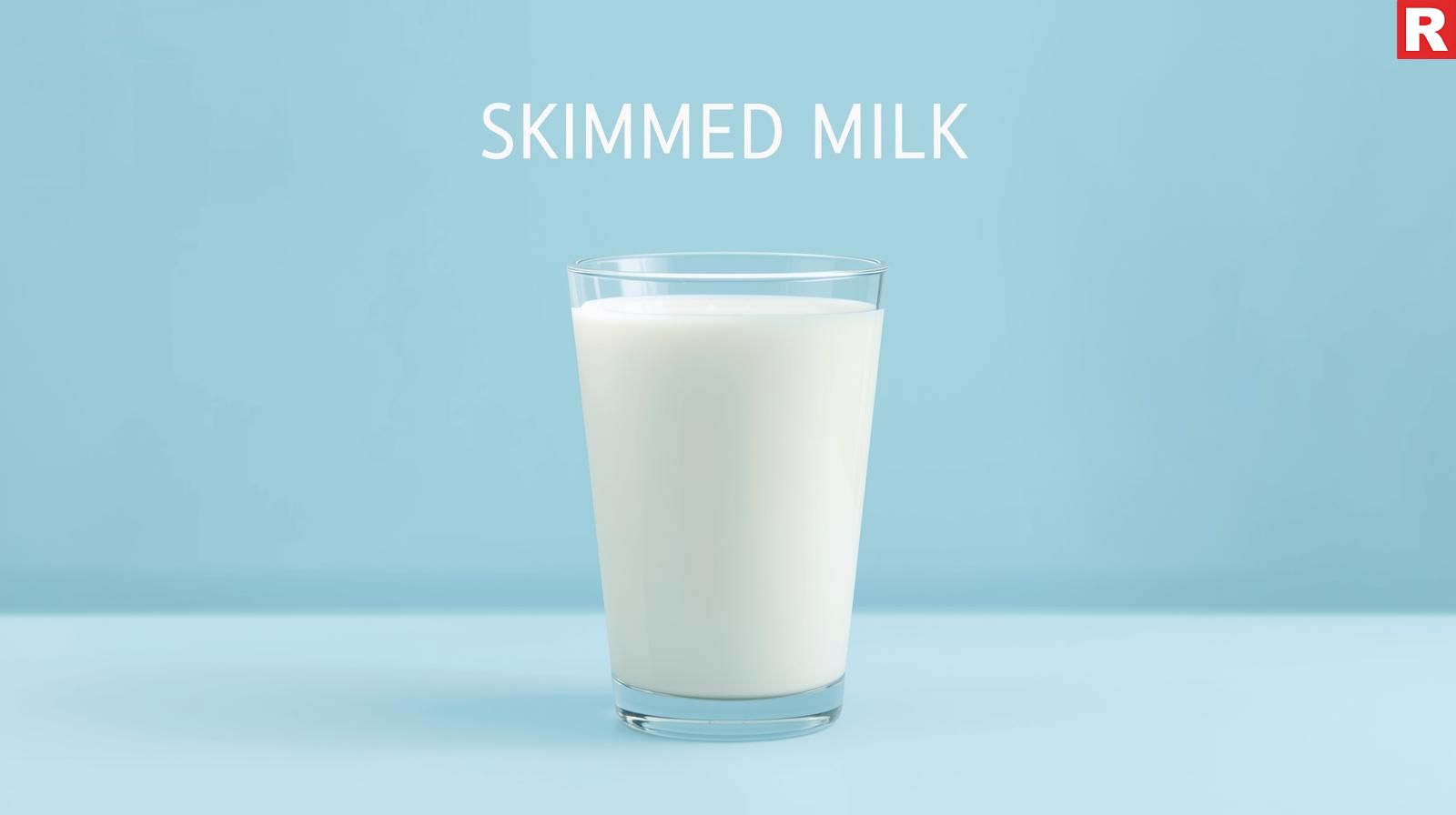
Skim milk, sometimes referred to as fat-free milk, is milk that has had the cream (milkfat) extracted. As most of the fat (whey) is squeezed out, it is a low-calorie drink. Skim milk is a simple and reasonably priced classic that provides a clean, low-calorie protein boost. It's a fantastic post-workout recovery drink or a simple, satisfying snack because it's a great dose of casein and whey proteins.
- Protein Power: Approximately 8–9 grams per cup.
- Calorie Count: About 80–90 calories are included in a 1-cup portion.
- Bonus: An excellent source of potassium, phosphorus, and calcium—all of which are critical for heart and bone health.
Reducing Cravings: The combination of fluids and protein makes you feel hydrated and full. Additionally, it might sate desires for light, refreshing beverages or creamy textures.
How to Enjoy: It can be poured over cereal, combined with coffee or tea, used as a foundation for smoothies, or just consumed by itself.
6. Lentils
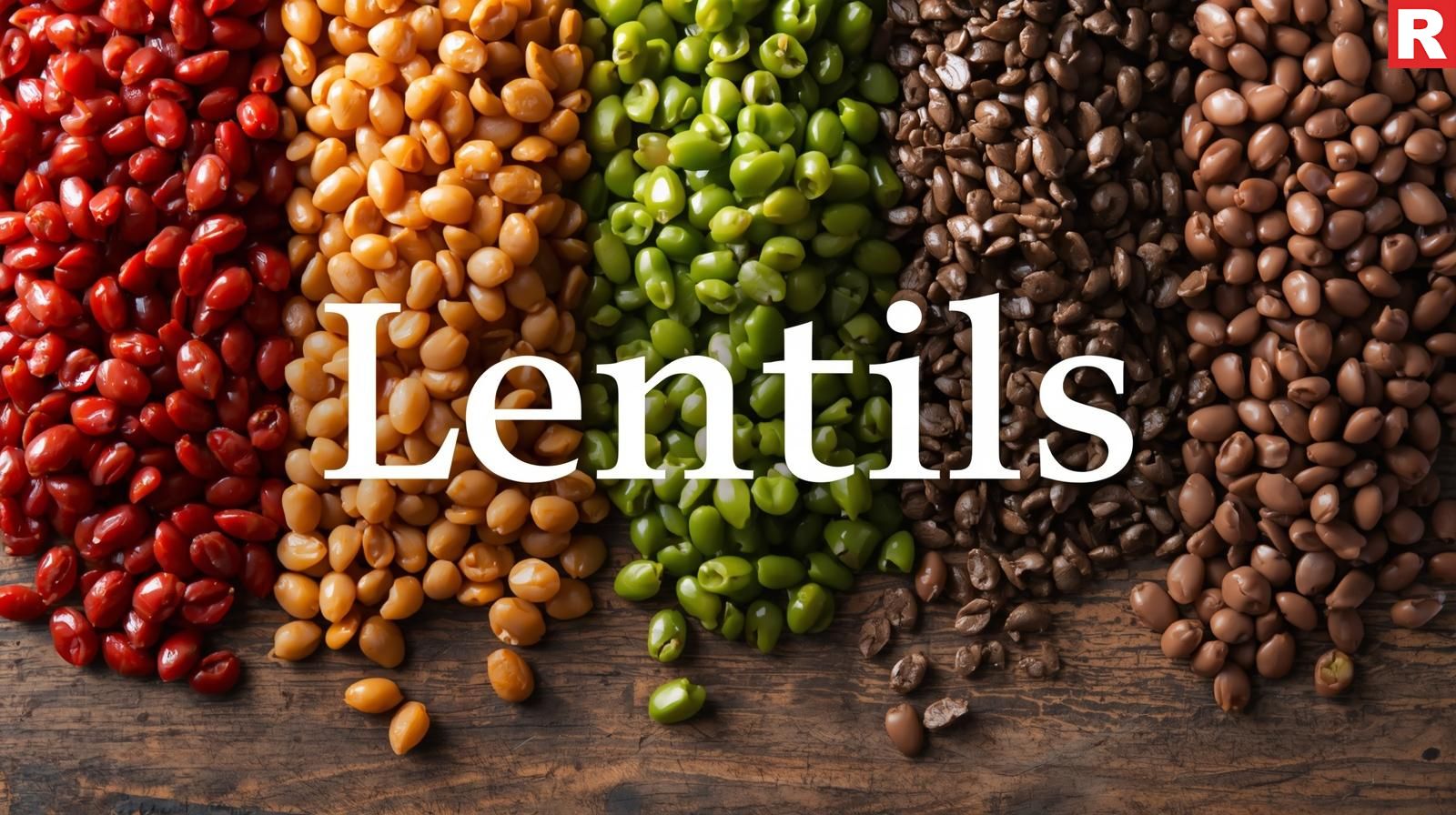
Lentils are a great food for anyone who wants to increase their intake of plant-based proteins or who follows a plant-based diet. They are affordable, high in fiber and protein, and quite adaptable.
- Protein Power: Around 9 grams per 1/2 cup cooked serving.
- Calorie Count: A half-cup cooked serving has about 115 calories.
- Bonus: Excellent source of manganese, iron, folate, and soluble and insoluble dietary fiber.
Reducing Cravings: The high fiber content and protein provide a potent satiating impact that helps stave off hunger for hours. They can also offer a hearty, comfortable feel.
How to Enjoy: as a side dish, in salads, veggie burgers, soups, and stews.
7. Tofu (Firm or Extra-Firm)
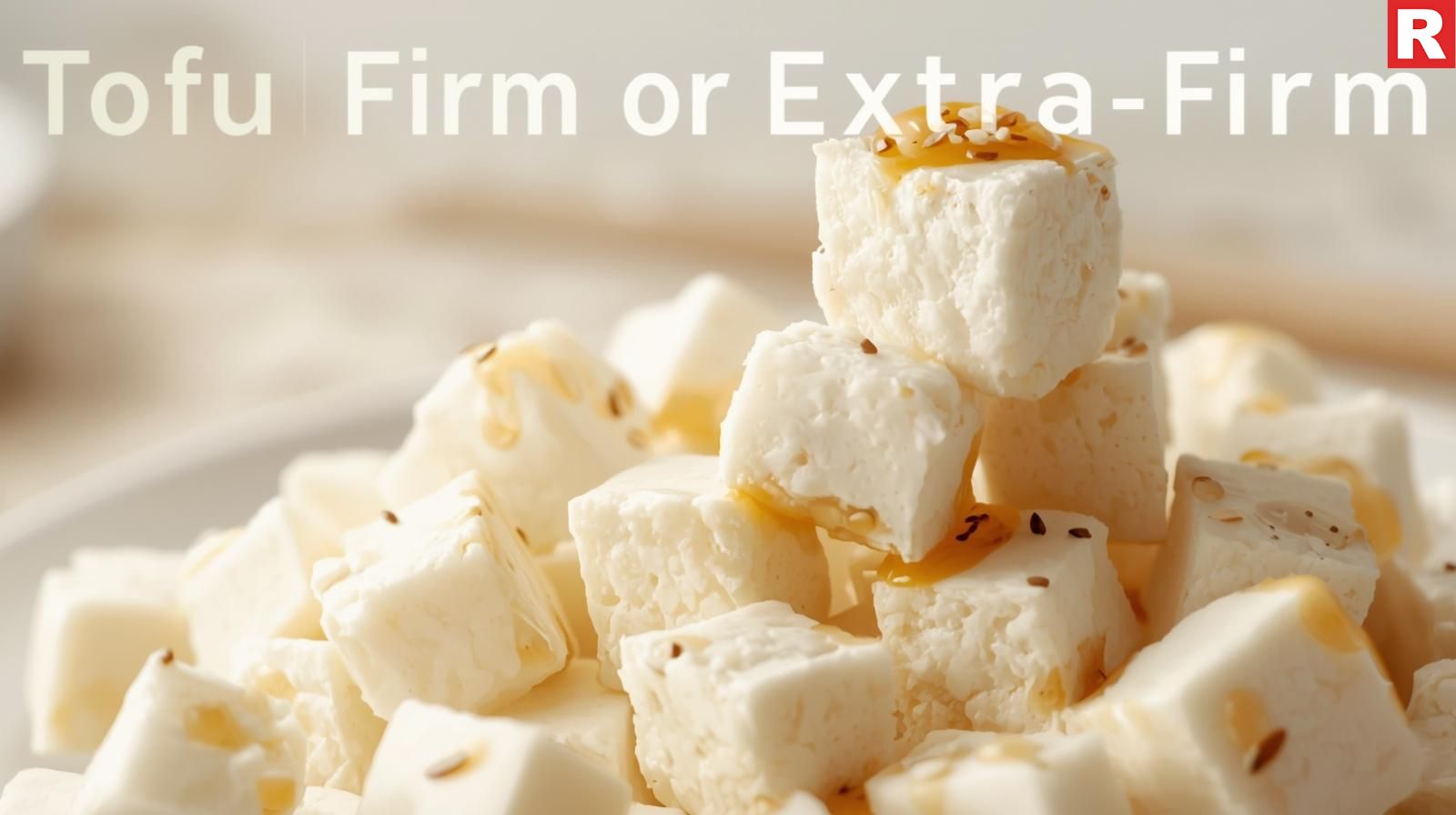
Made from soybeans, tofu is a staple plant-based protein. It offers a full protein intake and is highly adaptable, absorbing the flavors of whatever it is cooked with.
- Protein Power: Approximately 8-10 grams per 3-ounce (85g) serving.
- Calorie Count: Around 70-80 calories per 3-ounce serving.
- Bonus: Rich in manganese, iron, and calcium.
Reducing Cravings: When properly prepared and seasoned, its substantial protein content and solid texture make it satisfying. It's a fantastic option for a filling plant-based lunch.
How to Enjoy: Enjoy it stir-fried, grilled, roasted, scrambled (in place of eggs), or mixed into curries.
8. Chickpeas (Garbanzo Beans)
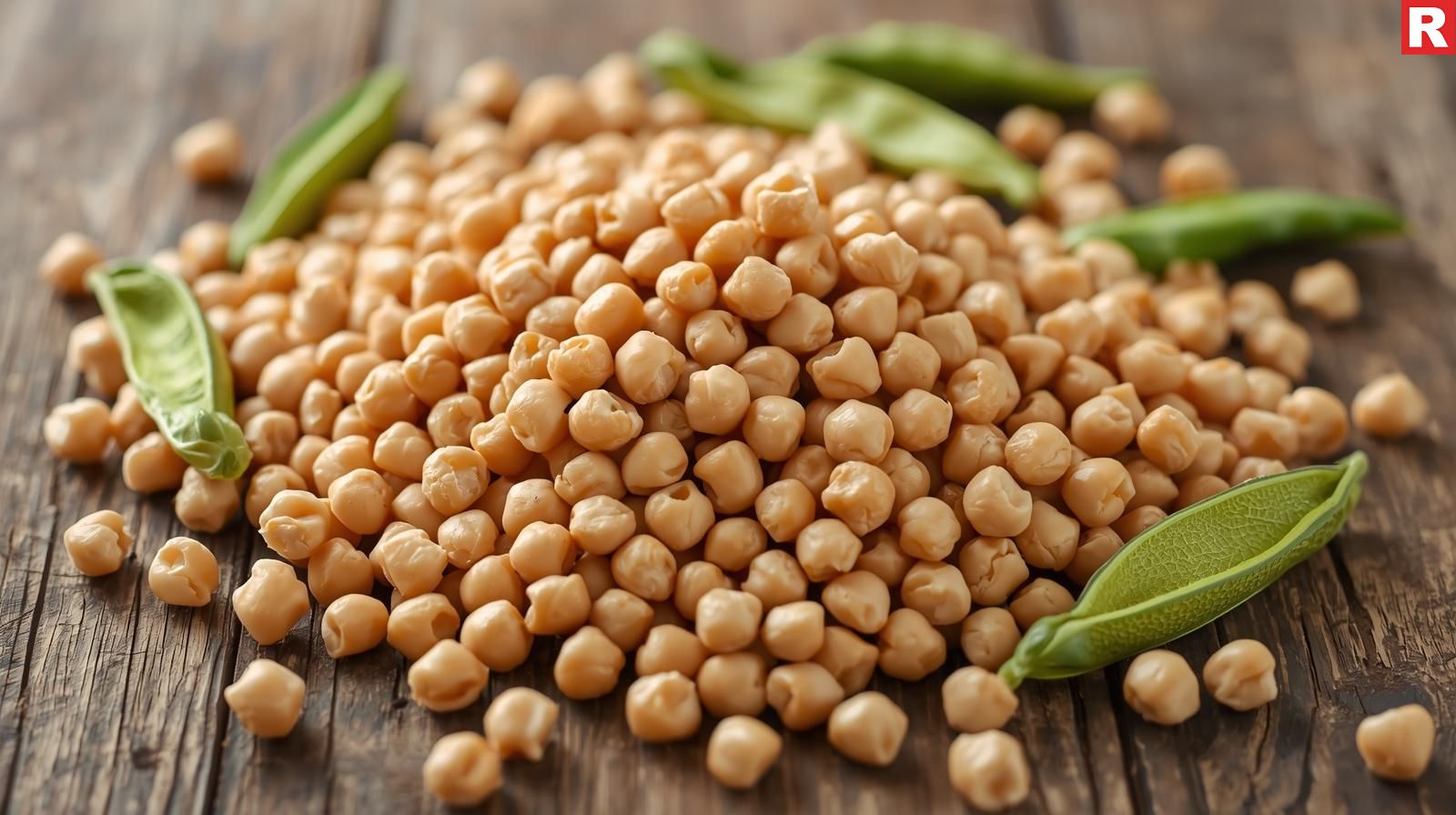
A staple of many plant-based diets, chickpeas are a versatile and nutritious bean. They provide a potent combination of fiber and protein, which makes them very good at promoting satiety.
- Protein Power: 7-8 grams per half-cup portion that has been cooked.
- Calorie Count: A half-cup cooked portion has about 130–140 calories.
- Bonus: High in iron, manganese, and folate. The high fiber content is great for the health of the digestive system.
Reducing Cravings: The combination of fiber and protein has a substantial, satiating impact that lasts for several hours, which helps people avoid midday snacks.
How to Enjoy: Add to salads and soups, combine into hummus (a dip), roast with spices for a crunchy snack, or use as the foundation for a vegetarian curry.
Check out: Top 10 Non-alcoholic Drink Ideas for Your Restaurant
Best Whole Wheat Pasta Brands in India
9. Quinoa
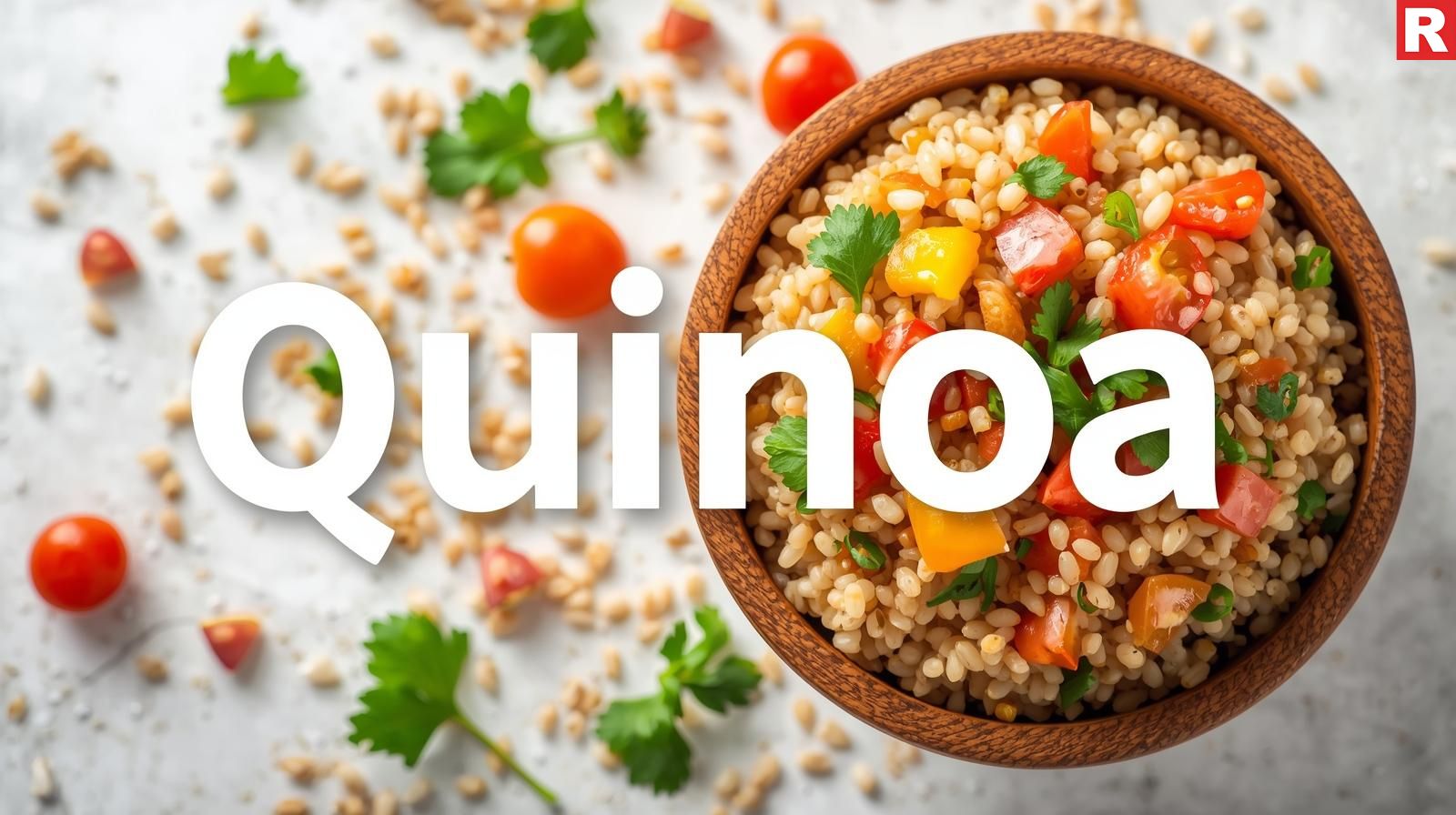
Quinoa, also referred to as a "pseudocereal," is a complete source of protein since it has all nine of the essential amino acids. Because of this, it is extremely valuable to any diet and rare in the plant world.
- Protein Power: About 8 grams of protein are found in one cup of cooked food.
- Calorie Count: One cup of cooked food has about 220 calories. (Its satiating effect is unmatched, despite its slightly higher calorie count.)
- Bonus: Naturally gluten-free and a fantastic source of iron, magnesium, and B vitamins.
Reducing Cravings: It is an excellent alternative to less nutrient-dense cereals because of its substantial fiber and protein content, which also reduces blood sugar spikes and provides you with long-lasting energy.
How to Enjoy: As a hot cereal for breakfast combined with nuts and fruits, as a side dish, or as a foundation for salads.
10. Chia Seeds
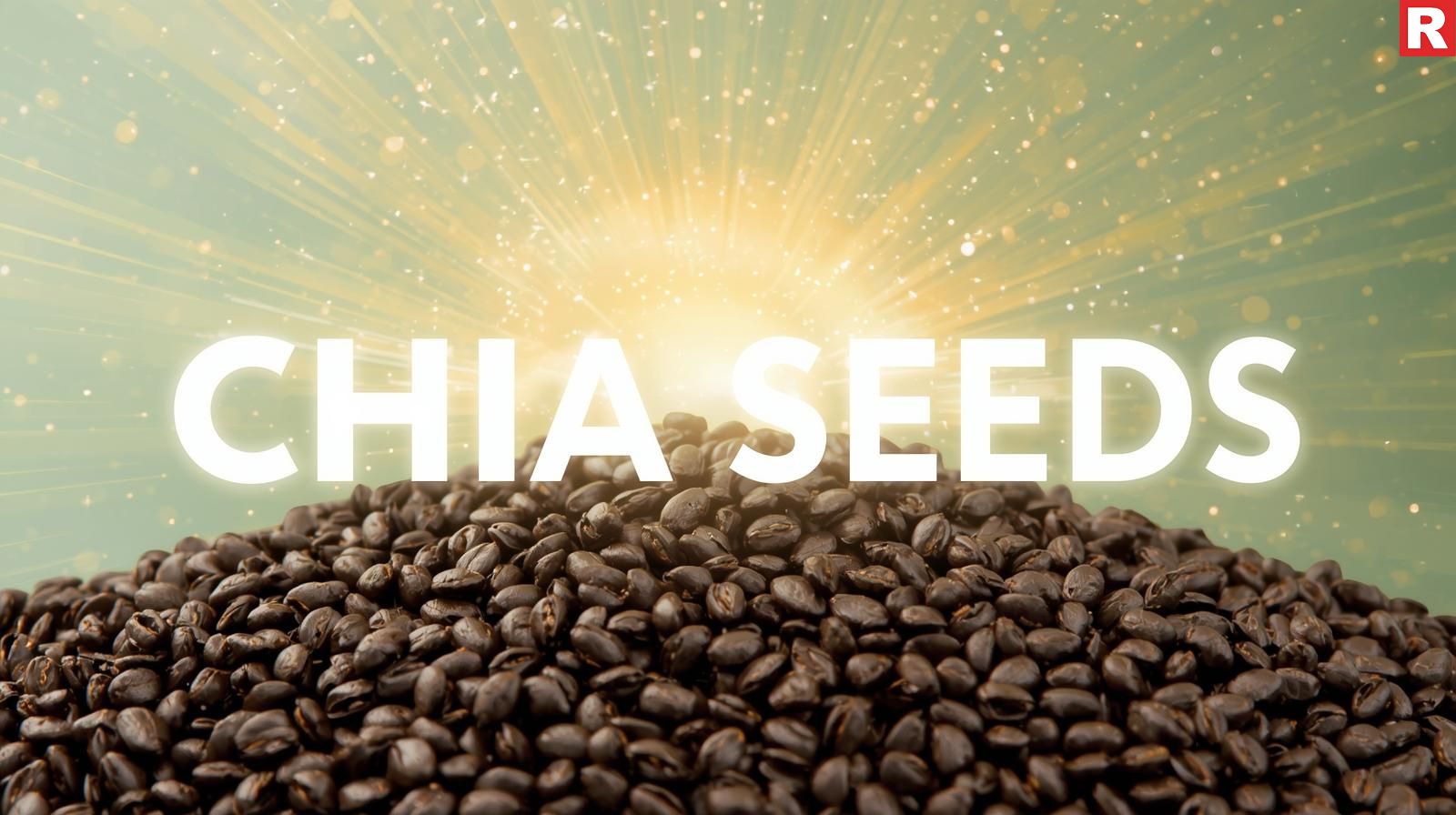
Rich in fiber and good fats, chia seeds are a true nutritional powerhouse. They can be used in a wide range of recipes due to their special capacity to absorb liquid and solidify into a gel.
- Protein Power: About 4-5 grams of protein per 2-tablespoon portion.
- Calorie Count: About 60–70 calories are included in a 2-tablespoon portion.
- Bonus: Contains omega-3 fatty acids, which are essential for heart and brain health, in one of the best plant-based forms.
Reducing Cravings: Because of their high fiber content, they swell in your stomach, giving you a feeling of fullness that drastically lowers your appetite.
How to Enjoy: Sprinkled over yogurt or cereal, mixed into smoothies, or soaked in liquid to produce chia pudding.
Read this: Chia Magic: Health Benefits & Endless Delicious Ways to Enjoy
Fuel Your Body, Conquer Your Cravings
The key to overcoming cravings is making better, more informed eating choices rather than starving yourself. You can help your body feel fuller for longer, balance your energy levels, and support your health goals by making high-protein, low-calorie foods a priority.
In addition to being nutrient-dense, the ten meals on the above list are also tasty, adaptable, and offer the long-lasting fullness you require to deal with hunger and cravings. Include them in your regular diet, try various preparations, and see how really fulfilling and beneficial these simple modifications can be. Take a big step toward a better, more manageable, and more pleasurable eating path by embracing the power of protein.

Idli is one of the most iconic and nutritious South Indian dishes, beloved not just in India but worldwide. This soft, fluffy, and steamed rice-lentil cake is a breakfast staple in Tamil Nadu, Karnataka, Kerala, and Andhra Pradesh, where every household has its own perfect recipe. Light on the stomach yet packed with essential nutrients, idli is an excellent source of protein, fiber, and probiotics due to its natural fermentation process. It is low in calories, gluten-free, and easy to digest, making it suitable for all age groups, including infants, elderly individuals, and even those with dietary restrictions.
What makes idli truly special is its versatility—pair it with piping hot sambar, coconut chutney, or podi for an explosion of flavors. Whether eaten fresh, pan-fried or even turned into idli upma, this wholesome dish is not just food but a comforting, nourishing experience loved by millions!
Also Check: South Indian cuisine: building a healthy umpire
The History of Idli and Sambar
While idli has been a part of Indian cuisine for centuries, its exact origin is debated. Some historical texts suggest that the dish may have originated from Indonesia and was later adapted in South India. The earliest known reference to idli dates back to around 920 CE in Karnataka.
Sambar, often paired with idli, has an interesting history of its own. It is believed to have originated in the royal kitchen of the Marathas when a cook accidentally used tamarind instead of kokum while preparing a lentil-based dish. The result was a delicious and tangy curry that later became a staple in South Indian cuisine.
Check More: A Taste of ‘South India’
Which State is Idli Most Famous In?
Idli is deeply rooted in South Indian cuisine and is most famous in Tamil Nadu, where it is a staple breakfast served with sambar and chutneys. The state is known for its soft, fluffy idlis, often accompanied by podi (spiced lentil powder). In Karnataka, variations like Thatte Idli (flat, plate-sized idli) and Ragi Idli (made with finger millet) are popular. Kerala offers its own twist with Kanchipuram Idli, a spiced version with cumin and pepper. In Andhra Pradesh, idlis are often paired with spicy chutneys or karam podi, adding a fiery touch. Each state adds a unique touch to this beloved dish.
Nutrition Facts of Idli
Idli is a powerhouse of nutrition while being low in calories and easy to digest. Here’s a quick look at its nutritional profile per 100 grams (approximately two medium-sized idlis):
- Calories: 58 kcal
- Protein: 2 grams
- Carbohydrates: 12 grams
- Fats: 0.4 grams
- Fiber: 0.9 grams
- Glycemic Index: 70-75 (moderate GI)
Health Benefits of Eating Idli
- Easy to Digest – Since idli is steamed, it is light on the stomach and promotes healthy digestion.
- Suitable for All Age Groups – Even infants and elderly individuals can safely consume idli.
- Good for Diabetics – Despite having a moderate glycemic index, pairing idli with fiber-rich foods like sambar or chutney can slow down sugar absorption.
- Gluten-Free – Since idli is made from rice and lentils, it is a great gluten-free option.
- Rich in Probiotics – The fermentation process enhances its gut-friendly probiotic content.
- Heart-Healthy – Idli contains no cholesterol or unhealthy fats, making it a heart-friendly meal.
How to Store and Reuse Idli
Storing Idli:
- Fresh idlis can be kept at room temperature for up to 6-8 hours.
- Store them in an airtight container in the refrigerator for up to 2-3 days.
- If you need to store them longer, freezing is an option. Place idlis in an airtight bag and freeze them for up to a month.
Reusing Leftover Idli:
- Steam Again: Sprinkle water and reheat idlis in a steamer for a few minutes.
- Shallow Fry: Cut them into pieces and sauté with mustard seeds and curry leaves for crispy idli fry.
- Make Upma: Crumble leftover idlis and cook them like upma with vegetables and spices.
- Prepare Idli Chaat: Cut idlis into small pieces, top with yogurt, chutney, and sev for a tasty snack.
Final Thought!
Idli is a superfood that offers a perfect balance of nutrition, taste, and ease of digestion. Made from fermented rice and urad dal, it is packed with probiotics, promoting gut health. Its low-calorie, gluten-free, and cholesterol-free nature makes it suitable for people of all ages, including those with diabetes, heart conditions, or digestive issues. This versatile dish pairs wonderfully with sambar, coconut chutney, and podi, making it a wholesome and satisfying meal. Whether enjoyed traditionally or in innovative ways, idli remains a beloved and healthy comfort food across India and beyond

Packed in receptacles, those, crunchy, spicy, sugary chewy bites are our comfort food at times when we are hungry, when we want a meal replacement while running late or having it as a party staple. However, snacks don’t have a good rap as they shoulder some of the blame for eating habits that can contribute to health issues. As snack manufacturers tailor offerings to deliver snacks that appeal to both, the palate and the psyche, knowing what drives a consumer to pick one snack rather than another is vital to stay competitive in the $374 billion worldwide snacking industry, which is growing at a rate of 2% year-on-year. In an awe to make people healthy, Devang Shah founded Fabbox to provide a healthy replacement for the fried and sugary snacks available in the market.
In conversation with Restaurantindia.in, Devang Shah, Founder, Fabbox, speaks about his idea and the journey he had so far.
What was the rationale behind launching Fabbox?
Being a foodie and struggling with weight issues, I was fond of checking calorie count on the packet of almost everything. On a tour to US I had some snacks, which were really yummy. But, when I checked the details on the packet, I saw that they were low at calorie count and high on nutrition value. It really got me hooked and I wanted to give them to my parents as they are not really healthy eaters. Being Gujrati’s, they want everything fried. I wanted them to have it so that they could eat better. I hardly found the same kind of stuff in India, after looking for 3 hours I could not find anything which was comparable, which was a huge shock to me. It struck me so hard that I started doing a rigorous research, why are people not making this kind of snacks? People have a right to eat healthy. I was roaming in the country, meeting people who are into making snacks, they told me very bluntly that I could fry a snack or I could put it through a powder treatment and the customer would never know that if they are fried or roasted. This experience and my research made me believe that healthy snacks are so much required in India.
Please take us through your journey so far and the challenges faced?
Biggest problem for me was to find people who share the same mindset and are excited in creating healthy stuff. I used to cook myself, but I am not a chef. I kept meeting manufacturers, asking them if they create healthy food and they always gave me things either stuffed with sugar or fried. Nevertheless, I did not want that, they were putting sugar in almost everything. The biggest problem was mindset, changing that mindset of these people and making them believe that we can make yummy stuff without sugar and frying them, was the hardest task for me.
What is the USP of your brand?
The USP of fabbox is that we make super yummy snacks with no oil and no sugar. But, as a matter of course, some products like cranberries have natural sugar in them. Some products may be require 2 grams of sugar in a 140 gm pack, we are talking about necessity and not luxury in terms of sugar. In fact, we avoid sugar in almost every variety, out of 150 products we have only 6 to 7 products in which we add sugar.
Who is your target group?
At the beginning I honestly didn’t knew who was going to buy this product. However, I believed there are people out there who want to be healthy. Many youngsters are becoming health conscious these days. People who want a healthy life are my target customers. There are office people who feel hungry at 4PM and need something to munch on and Fabbox gives them a healthy alternative.
What is the price range for products available and what is the variety in terms of product offerings?
There is only one price, Rs. 999 for a Fabbox. A Fabbox includes 5 packets of healthy snacks 140 grams each. Talking about the product range, we currently have around 150 products divided into 5 sections, which are Heath bars, Super nuts, Cookies, Fruit chews and Nutri mixes. A costumer can choose any five from the product range for his/her own Fabbox.
What are your expansion plans? Do you have any plans to take Fabbox international?
We are looking at one challenge at a time and if you ask me about expansion, I want to take Fabbox to every corner of the world, so that people can have healthy snack and benefit from it. We want that people should have a healthy option than whatever they are eating. But, firstly I would like to capture the Indian market before going international. Talking about retail shops, I am not planning that for alteast next one and half years. Currently our focus is to make Fabbox India’s first direct to customer snack brand.
Have you found your angle investor yet? If yes how are you planning to use the investment?
There are many interested, but we have not finalised any deals as such.
To conclude, feel free to share anything about the company people would love to hear.
Our mission at Fabbox is to create super yummy snacks to beat the fried and unhealthy snack available in the market and create something that helps the mind grow and love your body.

Momo has been a road side hit among the foodies but of late few restaurateurs have felt the food has huge potential and have introduced Momo in their serving in a great way!
The growing culture of eating out has also made people to love momo for its taste and healthy proposition. Besides its USP of being healthy, the product offers a healthier business opportunity too. Interestingly, Momo is native to Tibet, the dim sum to China and jiaozi originated in Japan and all look almost the same. A report by The National Restaurant Association of India (NRAI) says Chinese cuisine ranks India's most favourite after local food.
Will the trend stay?
Lately diners have become much more conscious when it comes to eating out; the rising number of low calorie dishes and restaurants serving healthy food is a new trend in the market. And Momo appropriately fits the bill.
Aashita Relan, Owner, Royal China, says, “Most of the starters we find are either deep fried or cold salads. Both are so extreme. Dim sums are one thing that is in-between. It’s healthy and yet filling. Hence I feel this trend will continue in Indian market and habitually will wake up the gourmet in you.”
Prashant Issar, Vice President Operations, KA Hospitality Pvt Ltd, which runs restaurant like Yauatcha, elaborates, “Dim sum is a favourite choice among many as it is healthy and delicious and comes in several varieties. At Yauatcha, we serve over 45 different types of dim sums. The meaning of dim sum is ‘touching the heart’ and they are tiny parcels which explode on the palate as variety of flavours, so I think it will last longer.”
Royal China which is known for its authentic Chinese cuisines, says Momo is the most popularly ordered food in their restaurant. Reason being they had recently executed ‘unlimited dim sum lunch’ festival where a customer can come on any seven days during lunch time and pick from 80 different types of dim sum at any quantity. Cashing in on the trend, there might be opportunity to see more exclusive Momo restaurant like Yo Yo Dim Sum.
Menu tweaks
Dim sum entered India in the form of Momos that were more of a Tibetan street food, usually stuffed with vegetables or chicken. Dim sums that the Chinese brought were more elaborate, classier with a thinner skin and a variety of filling options. The dim sum or the Momos are not only served in the traditional Chinese style, but restaurants have tweaked it to suit it to the Indian taste.
Relan says, “We have added more of chicken, vegetable and some spicy dim sums to suit the Indian palette.”
Issar says, “We have not added any Indian elements as our chefs are expats with more than a decade of global experience. All the food items are conceptualised by them. We do create items specific to India but they are international recipes. However, our menu does have a balance mix of vegetarian dishes.”
Momo kiosks
Local vendors and small kiosks are found serving the Chinese dish at every nook and corner. A plate of Momo has over 70-75 calorie compared to that of 1 plate chicken wings which has 159.0 calories which is more than the calorie count a person needs for the day.
Mayur Mathur, Owner, Yo! Dim Sum, a small take away Momo kiosk, says, “Takeaway is an easy setup and the product is very popular among Indians with increase in demand with each passing day.”
Adding to the popularity of Momos, he further says, “We get approx 200 orders a day and I think it’s huge.”
Growth potential
The current growth of the restaurant industry shows that the market potential is surely encouraging for home-grown existing players as well as the foreign brands. While major European and US brand like Yauatcha has entered under K A Hospitality, London's dim sum eatery Ping Pong has also entered the Indian food market under Mirah Hospitality Group in Mumbai. Another name-Mr Momo has six outlets in Delhi/NCR and prefers opting for the franchise route for quick expansion. There is a bunch of eateries that specialise in hundreds of varieties of these dainty delights and most of them prefer taking the franchise route for getting bigger in less time. Both Mr Momo and Royal China are looking for appropriate franchise partners.
Copyright © 2009 - 2025 Restaurant India.







